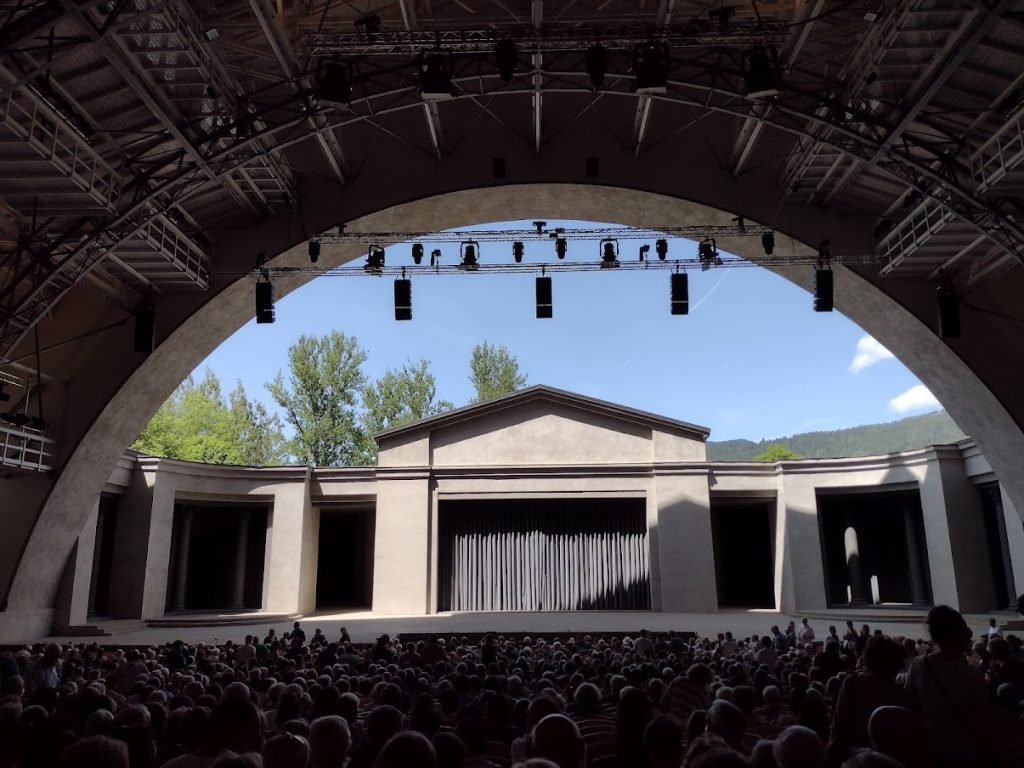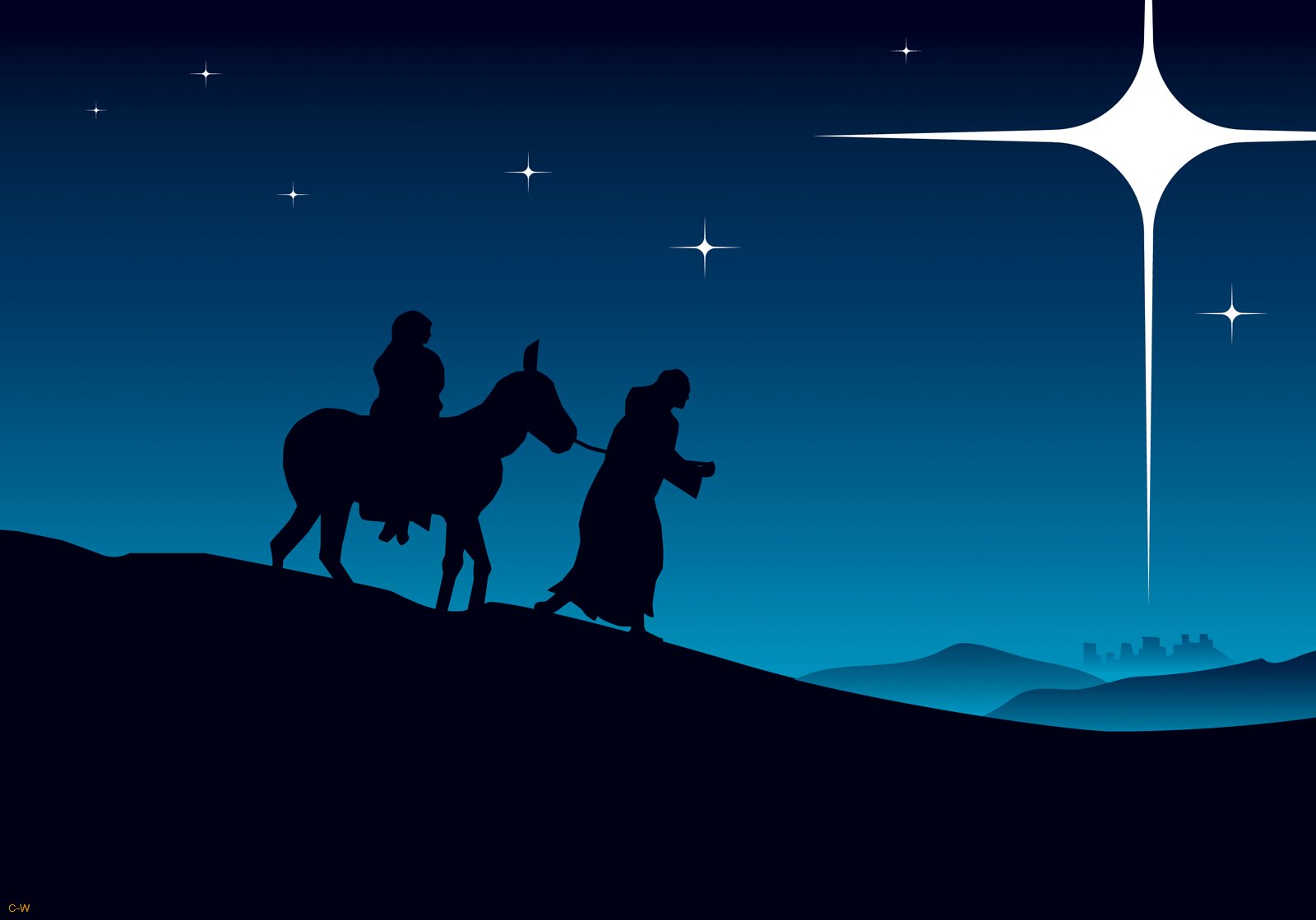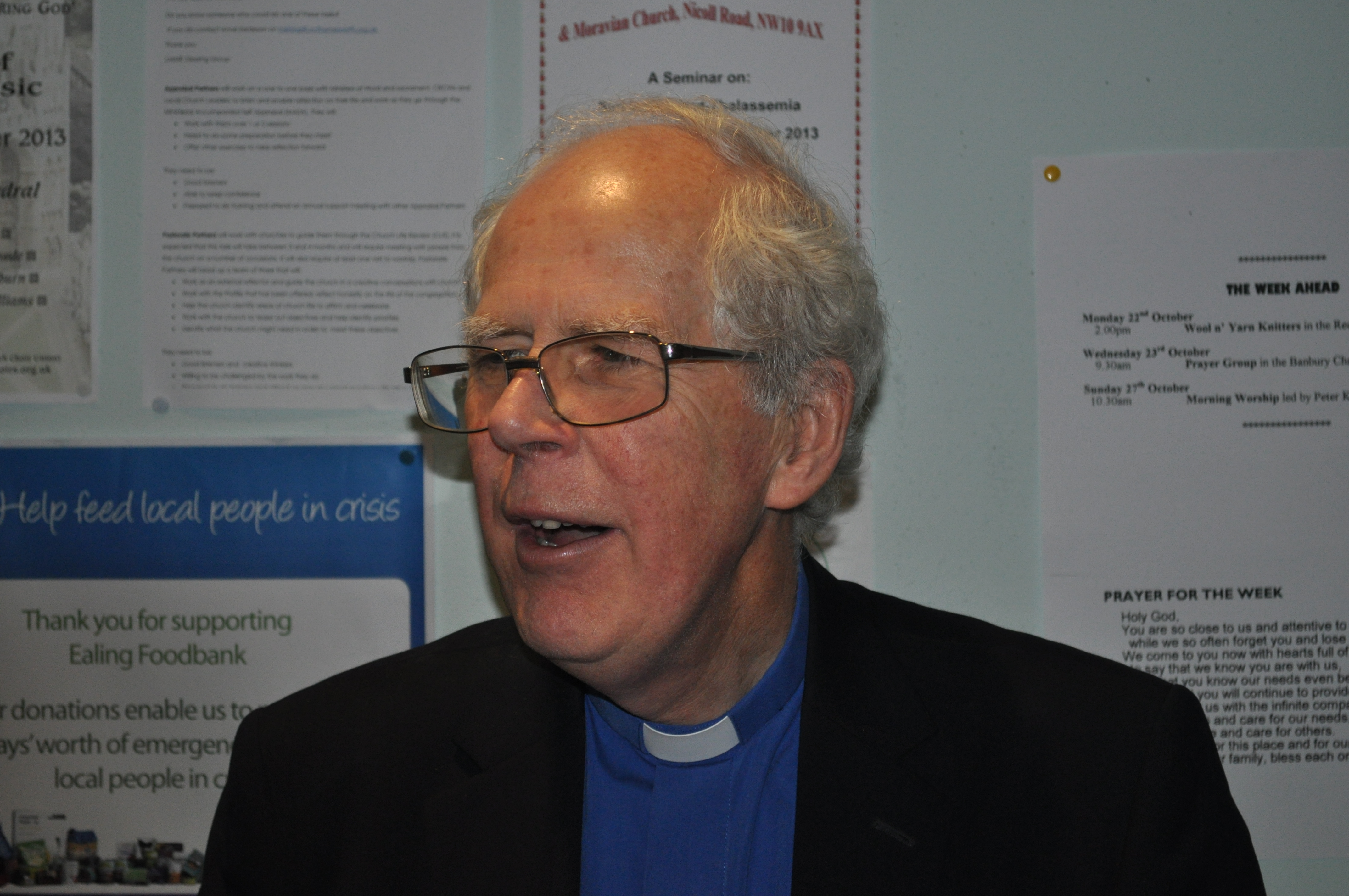Almost 2000 years ago, Jesus and his disciples were among the many pilgrims making their way to Jerusalem to celebrate the Passover. They travelled in groups, praising Yahweh and singing Psalms of Ascent on the uphill road to the city of David. What wonder and excitement they must have felt when its magnificent temple came into view. What a crush there must have been as, hot and dusty, they entered through the city gates, watched closely by Roman soldiers lest any trouble should occur.
Last week, six of us from St Andrew’s were in a group of 52 pilgrims, mostly URC members from various parts of the UK. We too had an act of worship with a hymn each day. We were making our way by coach through the Tyrol with its stunning alpine views, beautiful historic towns, fairy tale castles and culinary delights to Oberammergau in Bavaria for its famous Passion Play, depicting the last week of Jesus’ life.
This was cancelled in 2020 because of the pandemic and we were to be amongst the first to see the rescheduled 2022 play. The tradition began after the plague in 1633 and has been performed every ten years since 1680. All the performers must have lived in the village for at least 20 years, with the exception of children, and all the men grow their hair and beards.
The weather was good and we too were hot and excited as we made our way through checkpoints monitored, not by soldiers but by the local fire brigade, to our first view of the vast open-air stage with its huge arch through which we could see the sky, bright blue with fluffy clouds in the afternoon, dark and menacing towards the end of the play.
Over 1000 performers 450 children, more than 100 choristers, soloists and a pit- orchestra are involved in presenting the last week of Jesus’ life. Between the scenes living tableaux show events from the Old Testament which relate to the play which is performed in German. We were given an English translation but learned very quickly not to follow the text too faithfully lest we miss something. There was so much to see in every part of the stage.

The opening choral singing by the choirs which were ranged across the stage was breath-taking. Every word and note had been learned by heart and apart from the soloists there were no professional singers.
The first scene, Jesus’ entry into Jerusalem on the back of a donkey surrounded by hundreds of men, women and children waving palm leaves, was sensational and what struck me was how young Jesus was. Of course, he was! The hosannah greeting to him was stunning and every child in the village knows the welcoming song by heart.
The design of the stage with openings and tunnels, which for most of the play represents the Temple courtyard, enables the choirs, crowds and main characters to enter and exit quickly with no interruption to the flow of the play. The choirs sing divinely between each scene.
The scene of the cleansing of the Temple was amazing. Many, many men, women, children, sheep, goats and a camel, all scared by the throwing and breaking of a large urn, scattered noisily in different directions while a flock of doves flew from their basket and escaped heavenwards through the open arch. Jesus’ words had already angered the authorities. They were really looking for a way to rid themselves of him now.
Not all who attend the performances are Christian. Biblically there is artistic licence with the timing of some of the actions and the placing of Jesus’ teaching. The director Christian Stuckl wanted Jesus to make his position clear from the very beginning. He writes, “He is the Messiah, seeking to renew the religious faith of his people and make the message of God its centrepiece.” In today’s world with all its problems Stuckl wanted Jesus’ message to be empowering. Jesus is no zealot, but a brave young man who suffers greatly for his faith.
Because of Germany’s history great efforts have been made to show Jesus’ Jewishness and that the different Jewish factions all suffer under Roman oppression. Nicodemus and Joseph of Arimathea do their best to show Annas and Caiaphas and their followers that Jesus is a good man. Pilate riding on to the stage on his great horse is every inch a villain.
The last supper is another feat of theatre, simple but authentic. Throughout the play we begin to see the characters of the other disciples, Peter, John and Judas in particular who this year has a huge part to play. In this production of the Passion, he is a misguided young man tricked into betraying Jesus. We feel his anguish and suffer with him when he realises what he has done and decides that he cannot bear to live with his guilt.
The scene on the Mount of Olives was painfully emotional and heart-breaking as the disciples fell asleep and abandoned Jesus to his desperate struggles. Peter’s very violent and vocal denial of Jesus was shocking. The trial scenes were noisy and busy. Throughout them we witnessed Jesus’ dignity and the very political struggle between Pilate and the Jewish leaders
The play lasts five hours with a break for an evening meal so during the second half of the play night falls and the sky darkens which adds atmosphere in the later scenes. Even more dramatic for us was the thunder and lightning just as Jesus was being scourged. It was hard to watch as the whips found their target and the crown of thorns caused Jesus to scream. It is acknowledged that there are few main parts for women, but their grief at the crucifixion and Mary’s tender pieta-like holding of her son when he is lowered from the cross will not be forgotten.
This play does not have a resurrection scene but there is an angel giving hope to the women and the disciples and sharing flames of light to be taken out into the world. Then a silent empty stage.
There will be another Passion Play in 2030. We know the story, but the production will be different. For those who take part and for those who view it will be unforgettable.
Anne Byfield






